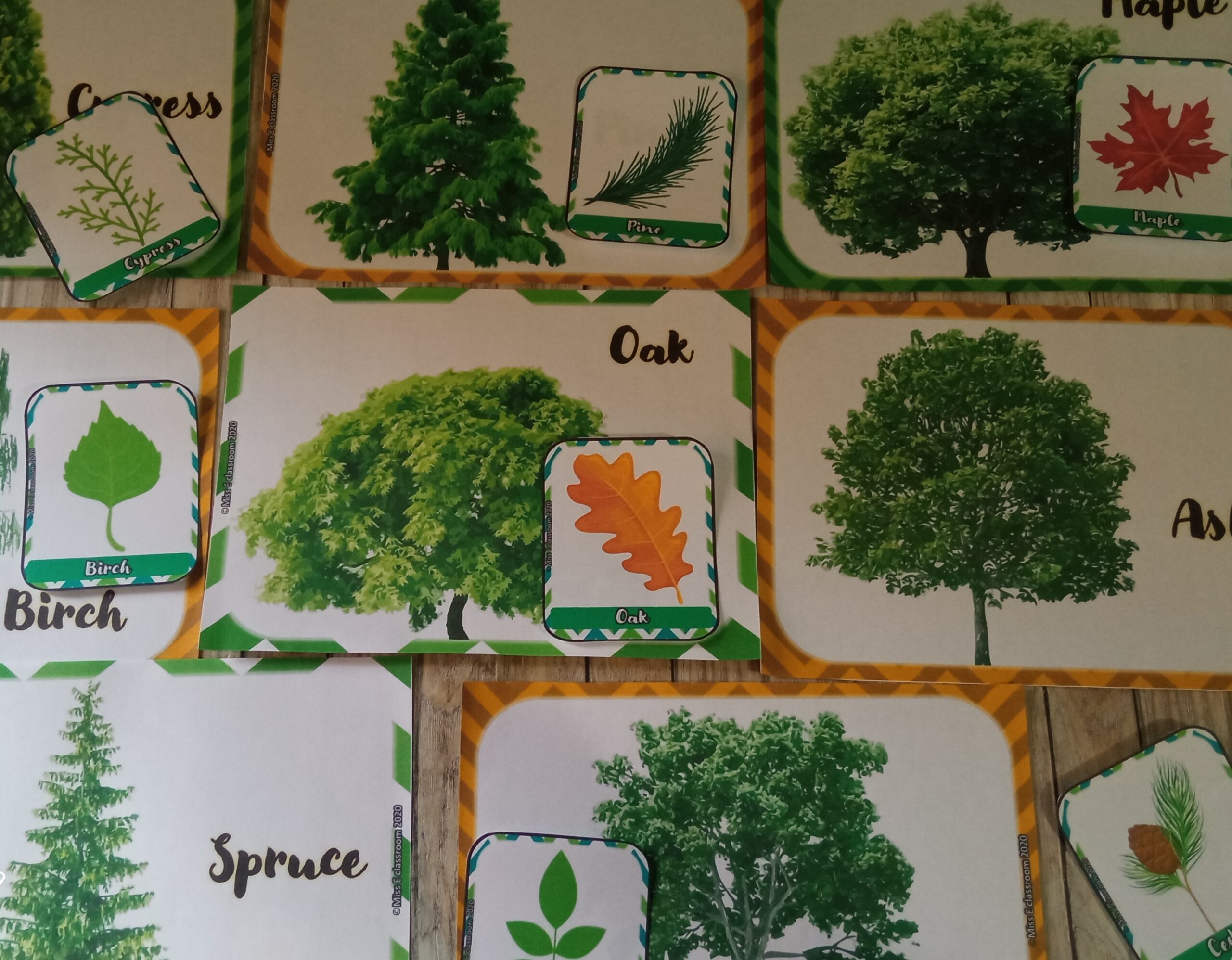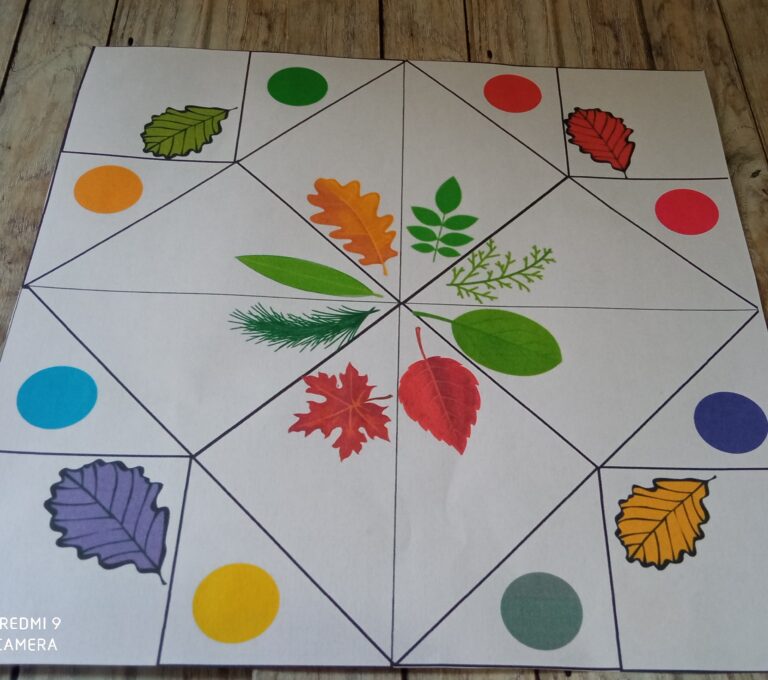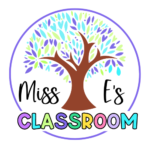
I recently had an amazing experience using the «Trees & Leaves Science Identification» resources with my English language learners, and I just had to share it with you all. If you’re looking for a way to spice up your lessons and get your students excited about learning, this might just be it!
Setting the Scene
I started the lesson by introducing my students to the world of trees and leaves. We talked about why trees are so important and how they contribute to our environment. I used these fantastic big flashcards that showcase different types of trees and leaves. The visuals really helped get the students engaged and talking. They were eager to describe the colors, shapes, and textures they saw, which was a great way to practice their English vocabulary.
We discussed how trees provide us with oxygen, shade, and even food. This led to a lively conversation about the different types of trees they might have back home, which added a personal touch to the lesson. It was heartwarming to see students connecting their personal experiences with the lesson content.

Taking the Classroom Outdoors
Now, here’s where the fun really began. We took our lesson outside! I encouraged my students to explore the trees around our school, touch the bark, and collect leaves. It was incredible to see them so immersed in nature. This hands-on activity not only reinforced the vocabulary we had talked about but also made the learning experience unforgettable.
The students were tasked with finding different leaves and trying to match them with the ones on our flashcards. They were so excited to bring back their finds and compare them with the images. We talked about the different textures, colors, and shapes of the leaves they collected, which sparked a lot of curiosity and conversation.
Back to the Classroom with Flashcards
Once we were back inside, I used the medium-sized and card-sized flashcards to reinforce what we’d learned outdoors. I divided the students into small groups and handed out the flashcards. Their task was to match the tree flashcards with their corresponding leaf flashcards. This activity was a hit! It got them working together and really helped with their recognition skills.
The students were so engaged, discussing among themselves and helping each other out. It was a great way to build teamwork and communication skills. Plus, it was a fantastic opportunity for them to practice speaking in English in a supportive and interactive environment.
Memory Card Game Fun
Next up was the memory card game, full of beautifully illustrated cards of trees and leaves.
The students played in pairs or small groups, and it was such a great way to reinforce vocabulary while also boosting their memory and concentration. I made sure they said the name of the tree or leaf aloud each time they made a match, which added a nice touch of verbal practice to the game.
The competitive spirit really came out during this game, and it was wonderful to see the students so invested in learning. They were cheering each other on and celebrating their matches, which added a lot of energy and fun to the classroom atmosphere.
Trees & Leaves BINGO
Who doesn’t love a good game of BINGO? I handed out the BINGO boards and small teaching cards, and as I called out the names of trees and leaves, the students marked their boards. It was a lively session, full of laughter and learning. This activity was perfect for listening practice and really helped solidify the vocabulary in a fun and engaging way.
The anticipation as they waited for the next tree or leaf to be called was palpable. It was a great way to keep them on their toes and ensure they were actively listening and participating. Plus, the excitement of shouting «BINGO!» when they completed a line was a highlight for many of them.
Wrapping Up with the Cootie Catcher
To wrap things up, we played with the cootie catcher game, which is a freebie included in the resources. The students absolutely loved it! It was a fun, interactive way to review everything we had learned, and they were excited to take it home to share with family and friends.
This activity allowed them to quiz each other on their new vocabulary, and it was a great way to reinforce what they had learned in a playful and engaging manner. It also gave them a sense of ownership over their learning, as they could take the game home and continue practicing outside of class.
Reflecting on the Experience
After the lesson, I asked my students to reflect on what they learned and how they felt about the activities. Some wrote short paragraphs, while others drew pictures of their favorite parts of the lesson. It was heartwarming to see how much they enjoyed the experience and how much they learned.
Their reflections showed a deepened understanding of the vocabulary and concepts we covered, and it was clear that the hands-on, interactive approach had made a lasting impact. Many students expressed a newfound appreciation for nature and were eager to explore more.
Extending the Learning
For an extension activity, I encouraged them to research a tree native to their home country and present their findings to the class. This not only enhanced their language skills but also gave them a chance to connect with their cultural roots.
The presentations were a wonderful way to wrap up the lesson, as students shared fascinating facts and stories about trees from their own cultures. It was a beautiful way to celebrate diversity and foster a sense of community within the classroom.
I hope this gives you some inspiration for your own classrooms! Bringing nature into our lessons can create such a rich and engaging learning environment. 🌳📚 Have any of you tried something similar? I’d love to hear about your experiences!












